Long-band rasbora - Rasbora einthovenii
Scientific name: Rasbora einthovenii
Common name: Long-band rasbora
Family: Cyprinidae
Usual size in fish tanks: 5 - 9 cm (1.97 - 3.54 inch)
014
Recommended pH range: 6.3 - 7
Recommended water hardness: 4 - 10°N (71.43 - 178.57ppm)
0°C 32°F30°C 86°F
Recommended temperature range: 23 - 26 °C (73.4 - 78.8°F)
The way how these fish reproduce: Spawning
Where the species comes from: Southeast Asia
Temperament to its own species: peaceful
Temperament toward other fish species: peaceful
Usual place in the tank: Middle levels
General Information
The Long-band (Brilliant) Rasbora (Rasbora einthovenii) is a peaceful, active shoaler native to Southeast Asia—the Malay Peninsula (incl. Singapore), Sumatra and Borneo, with records into southern Thailand. It inhabits small, shaded forest streams and backwaters with gentle flow and abundant leaf litter/overhanging vegetation. Keep in groups of 8 for confidence and natural schooling. Adults typically reach around 5–7 cm in aquaria; wild maxima are reported at ~9 cm TL.
Food and Feeding
An omnivorous micro-predator. Use quality flakes or small micro-granules as a staple, then rotate small live or frozen foods—brine shrimp nauplii, daphnia, cyclops, finely chopped bloodworms. Offer small portions 1–2× daily so all food is eaten within minutes, protecting water quality. Field and reference profiles note worms, crustaceans and insects as natural prey.
Sexing
Males are usually slimmer and slightly smaller; females are deeper-bodied, especially when gravid. Sexing juveniles is unreliable.
Breeding
Egg-scattering spawner with no parental care. Condition adults well, then use a separate, dimly lit breeding tank with fine-leaved plants or mops. Remove adults post-spawn to prevent egg predation. Eggs generally hatch in ~24–48 h; start fry on infusoria, then newly hatched brine shrimp. Some sources note it may spawn intermittently in planted display tanks; dedicated setups improve yields.
Lifespan
Commonly 3–5 years with clean, stable conditions and a varied diet. (Small cyprinids trend shorter-lived at warmer temperatures.)
Tank Requirements & Water Parameters
- Minimum footprint: 60–75 cm (24–30″) length to allow schooling and provide stability.
- Water: pH ~6.3–7.0; hardness ~4–10 °dH; temperature 23–26 °C. Aim for stable, clean water with good oxygenation.
- Environment: dark substrate, dense marginal planting and some floating plants for subdued light; gentle flow; quality filtration. This mirrors shaded forest streams where the species is recorded.
- Maintenance: small, regular water changes; avoid abrupt parameter swings.
Compatibility & Tank Mates
Peaceful schooling fish. Combine with other small, calm species (rasboras, tetras, peaceful gouramis, small Corydoras). Avoid large/boisterous fish that outcompete them at feeding or view them as prey.
Behaviour & Usual Place in the Tank
Middle to upper levels: an active mid-water shoaler that often cruises just below the surface in cover, dropping lower when startled. Provide open lanes among plants for schooling.
Short Description
Long-band/Brilliant Rasbora (Rasbora einthovenii) is a sleek Southeast Asian shoaler from shaded forest streams. Keep in groups, feed varied small foods, and provide soft-neutral, stable water with subdued light for best colour and behavior.
Q&A
- South Asia or Southeast Asia? Southeast Asia: Malay Peninsula (incl. Singapore), Sumatra, Borneo; also southern Thailand.
- How big do they really get? Wild maximum around 9 cm TL, but aquarium adults are commonly ~5–7 cm.
- Do they need very acidic water? Soft, slightly acidic to neutral works well; stability and cleanliness matter most.
Pictures
Bought by aqua-fish.net from jjphoto.dk.
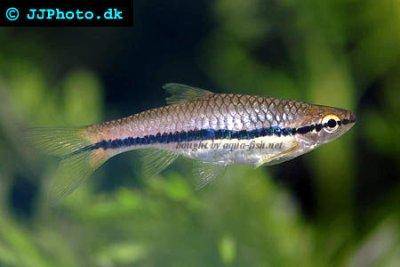




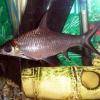 Bala
Bala 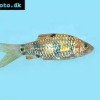 Spotted
Spotted 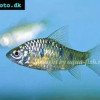 Golden
Golden 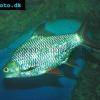 Tinfoil
Tinfoil 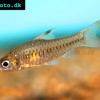 Congo
Congo 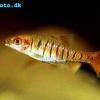 Blue-barred
Blue-barred 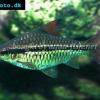 African
African 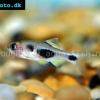 Butterfly
Butterfly 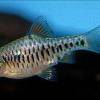 Olivegreen
Olivegreen 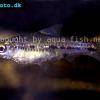 Morse
Morse 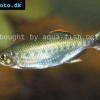 Jerdon’s
Jerdon’s 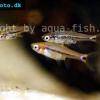 Mosquito
Mosquito 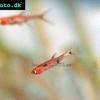 Dwarf
Dwarf 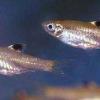 Eyespot
Eyespot 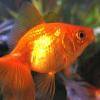 Goldfish
Goldfish 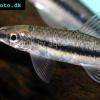 Penguin
Penguin  Siamese
Siamese 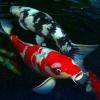 Koi
Koi 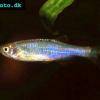 Pearl
Pearl 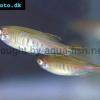 Glowlight
Glowlight 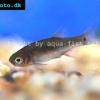 Crossbanded
Crossbanded 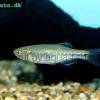 Yoma
Yoma 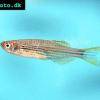 Orange
Orange 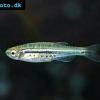 Dwarf
Dwarf 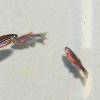 Zebra
Zebra 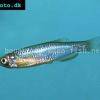 Rose
Rose 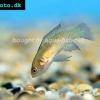 Red
Red 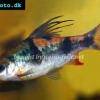 Arulius
Arulius 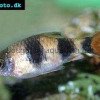 Tambraparni
Tambraparni 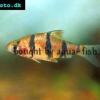 Fiveband
Fiveband 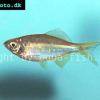 Bengal
Bengal 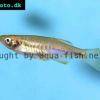 Tiger
Tiger 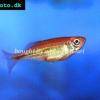 Malabar
Malabar 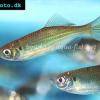 Queen
Queen 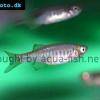 Hora
Hora 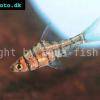 False
False 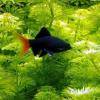 Redtail
Redtail 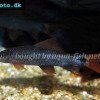 Rainbow
Rainbow 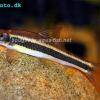 Flying
Flying 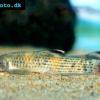 Garra
Garra 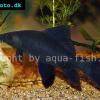 Black
Black 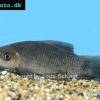 Purple
Purple 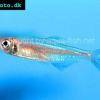 Burmese
Burmese 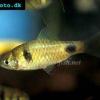 Dwarf
Dwarf 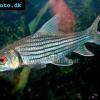 Isok
Isok 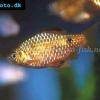 Rosy
Rosy 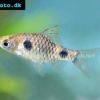 Two
Two 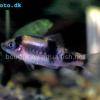 Melon
Melon 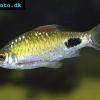 Black-spot
Black-spot 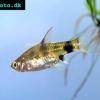 Golden
Golden 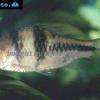 T-Barb
T-Barb 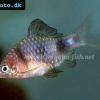 Ruby
Ruby 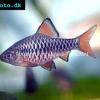 Checkered
Checkered 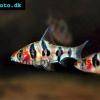 Rhomb
Rhomb 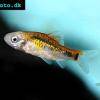 Gold
Gold 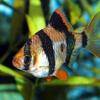 Tiger
Tiger 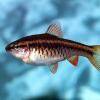 Cherry
Cherry 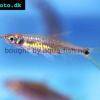 Brittan’s
Brittan’s 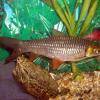 Greater
Greater 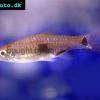 Twospot
Twospot  Reticulate
Reticulate 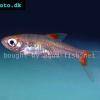 Cherry
Cherry 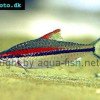 Denison
Denison 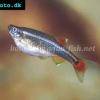 White
White 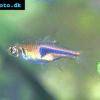 Lambchop
Lambchop 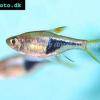 Harlequin
Harlequin